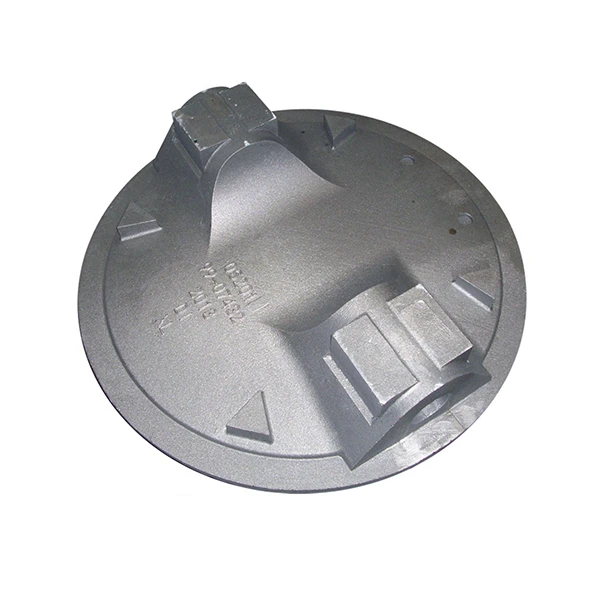Mobile:+86-311-808-126-83
Email:info@ydcastings.com
German
Understanding the Benefits of Twin Scroll Turbocharger Housing Design for Improved Engine Performance
The Twin Scroll Turbocharger A Deep Dive into Turbine Housing Technology
Turbocharging has become a cornerstone technology in modern automotive engineering, with manufacturers striving to enhance engine performance while maintaining efficiency. Among the various turbocharger configurations, the twin scroll turbocharger has emerged prominently due to its innovative design and enhanced capabilities. Central to the twin scroll turbocharger's performance is its unique turbine housing, which plays a critical role in optimizing exhaust flow and boosting engine response.
Understanding Twin Scroll Technology
The twin scroll turbocharger distinguishes itself from traditional single-scroll designs by utilizing two separate scrolls within the turbine housing. Each scroll is connected to different cylinders of the engine, allowing the turbocharger to harness exhaust gases more effectively. By separating the exhaust flow from overlapping cylinders, the twin scroll design minimizes turbo lag, providing quicker spool-up times and a more immediate power response. This separation of exhaust pulses leads to improved efficiency in converting exhaust energy into useful boost.
The Role of Turbine Housing
The turbine housing is a crucial component of the twin scroll turbocharger and significantly impacts the overall performance of the system. Composed typically of cast iron or high-temperature alloys, the housing is designed to withstand extreme conditions while efficiently channeling exhaust gases to the turbine wheel. The key features of the turbine housing include its shape, size, and inlet configuration, which all contribute to the effectiveness of the turbocharger.
twin scroll turbine housing

1. Shape and Size The shape and size of the turbine housing influence the flow characteristics of the exhaust gases. A well-engineered housing reduces backpressure, allowing gases to flow freely into the turbine. This is essential for maximizing the energy captured from the exhaust, which is then used to drive the turbine and ultimately boost engine power. By optimizing the dimensions of the scrolls in the housing, engineers can tailor the turbocharger to specific engine characteristics, improving performance across a range of RPMs.
2. Inlet Configuration The inlet design is another critical aspect of the turbine housing. For twin scroll turbochargers, the inlet is divided into two distinct paths that correspond to the two scrolls. This setup not only improves the efficiency of exhaust gas flow but also enhances the turbocharger's responsiveness. The design must ensure that the exhaust pulses reach the turbine in a staggered manner, maximizing energy transfer and minimizing turbulence.
3. Material Selection Given the extreme conditions that turbine housings are exposed to, material selection is pivotal. High-quality materials that can withstand high temperatures and resist thermal expansion are essential. This durability is critical to ensuring the longevity and reliability of the turbocharger.
Conclusion
The twin scroll turbocharger, with its innovative turbine housing, represents a significant leap forward in turbocharging technology. By effectively managing exhaust flow and harnessing engine power more efficiently, this design provides improved responsiveness and performance in a compact package. As automotive technology continues to evolve, twin scroll turbochargers are likely to play an even more vital role in enhancing the performance and efficiency of future engines.
Manufacturers and engineers need to continue exploring and refining turbine housing designs to fully exploit the potential of twin scroll technology. As they do, drivers can expect a thrilling combination of power and efficiency on the road—making twin scroll turbochargers a sought-after feature in high-performance vehicles.











